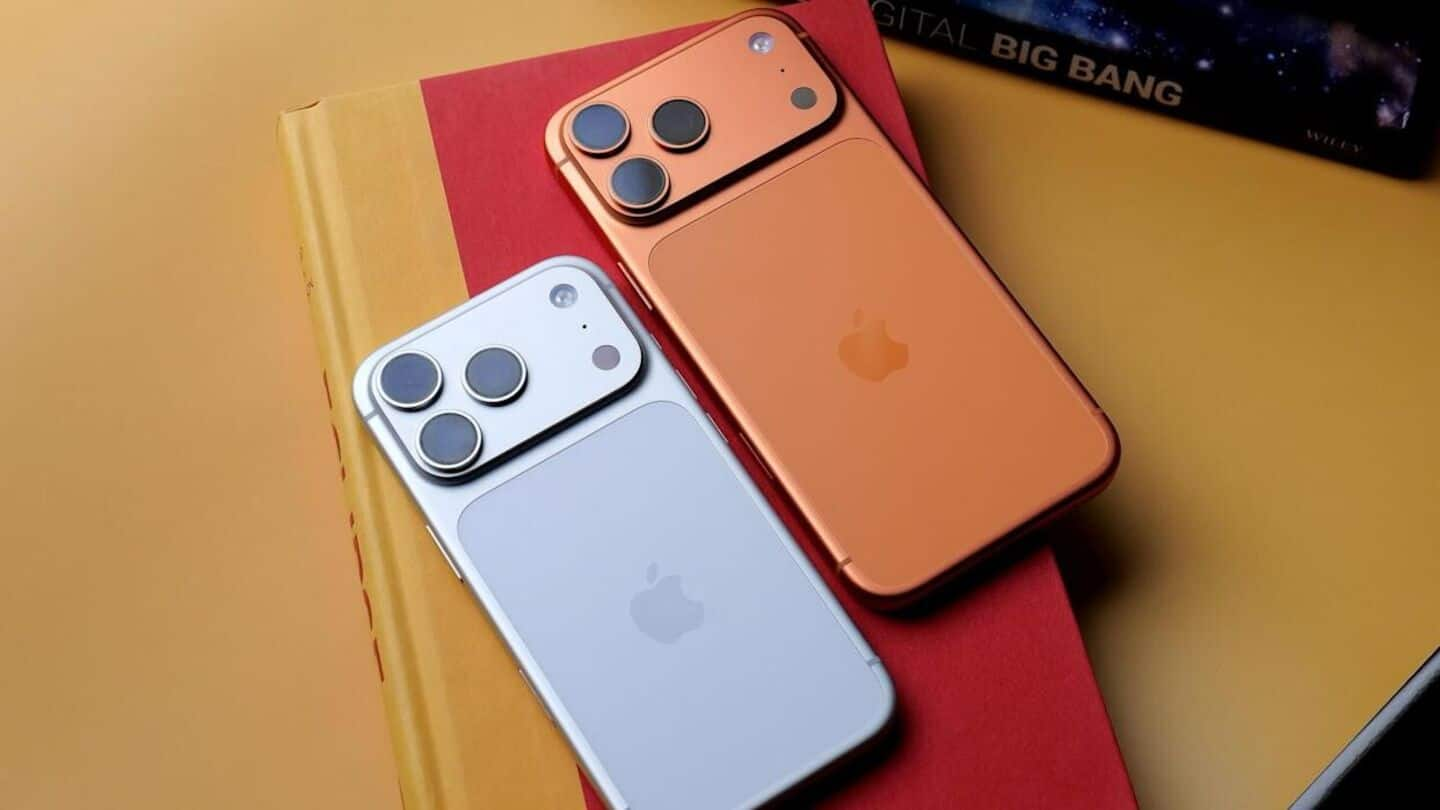
'Wear and tear is normal': Apple responds to 'scratchgate' controversy
What's the story
Apple has responded to the ongoing 'scratchgate' controversy surrounding its latest iPhone 17 Pro and 17 Pro Max models. The term was coined by fans and tech enthusiasts after early users reported scratches on their devices within days of use. The issue, particularly prominent on the camera plateau, has raised concerns among users about the durability of these high-end smartphones.
Company response
Apple defends the anodisation layer
In response to the concerns, Apple has described the scratches as "normal wear and tear." The company said that these are "small abrasions" typical of any device. Apple also defended the anodisation layer on its new models, claiming it is highly durable and exceeds industry standard guidelines for microhardness. This comes after a teardown by iFixit suggested that the anodised coating on the camera plateau was most susceptible to scratches.
Backplate issue
iPhone 17 Pro also shows marks on backplate
Apart from the scratches, early users also reported marks on the backplate of their iPhone 17 Pro models. The devices' backs are made of Ceramic Shield 2, which Apple claims is three times more durable than its predecessor. However, Apple clarified that these marks aren't scratches but material transfer from MagSafe stands to the iPhones. The company insisted these can be cleaned off easily.
Coating concerns
Deep Blue, Cosmic Orange variants most affected
The anodised aluminum coating on the iPhone 17 Pro and 17 Pro Max has come under fire for its vulnerability to scratches. YouTuber JerryRigEverything found that the Deep Blue and Cosmic Orange variants were especially prone to scratching, particularly around their sharp edges. This is mainly due to the anodised aluminum coating, which although protects the metal underneath, doesn't adhere well to sharp edges like those of the large rear camera module.
Design impact
Sharp-edged camera bump exacerbates scratching issue
Apple's decision to give the camera bump sharp edges instead of rounded ones has aggravated the issue. Industry standards recommend rounding edges to protect anodised layers, but Apple appears to have ignored this guideline in latest models. Bloomberg's Mark Gurman also observed scratches and scuffs on some iPhone 17 Pro and Pro Max models displayed at Apple Stores. He also noted that the aluminum unibody frame, especially in darker finishes like Deep Blue, makes these devices more prone to scratching.